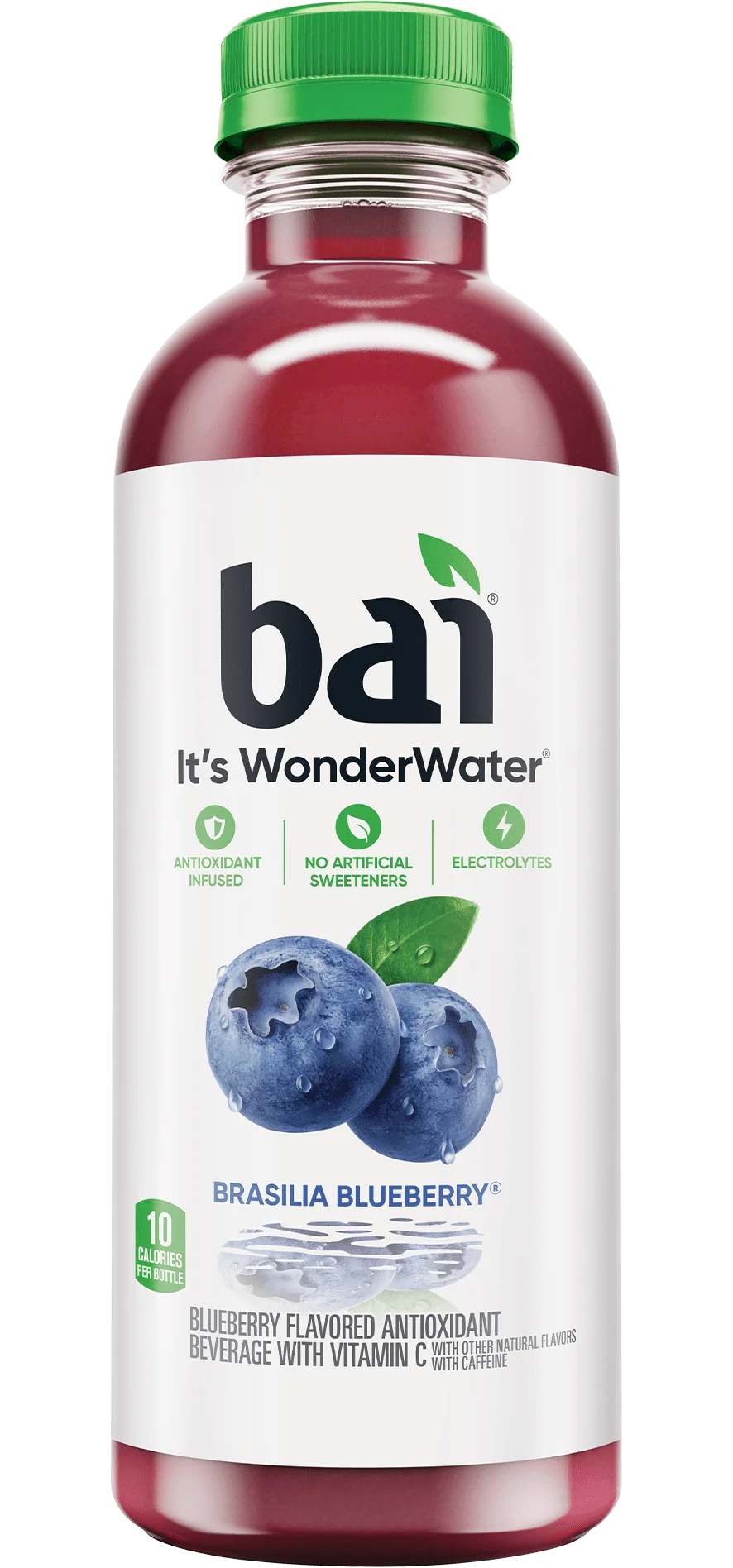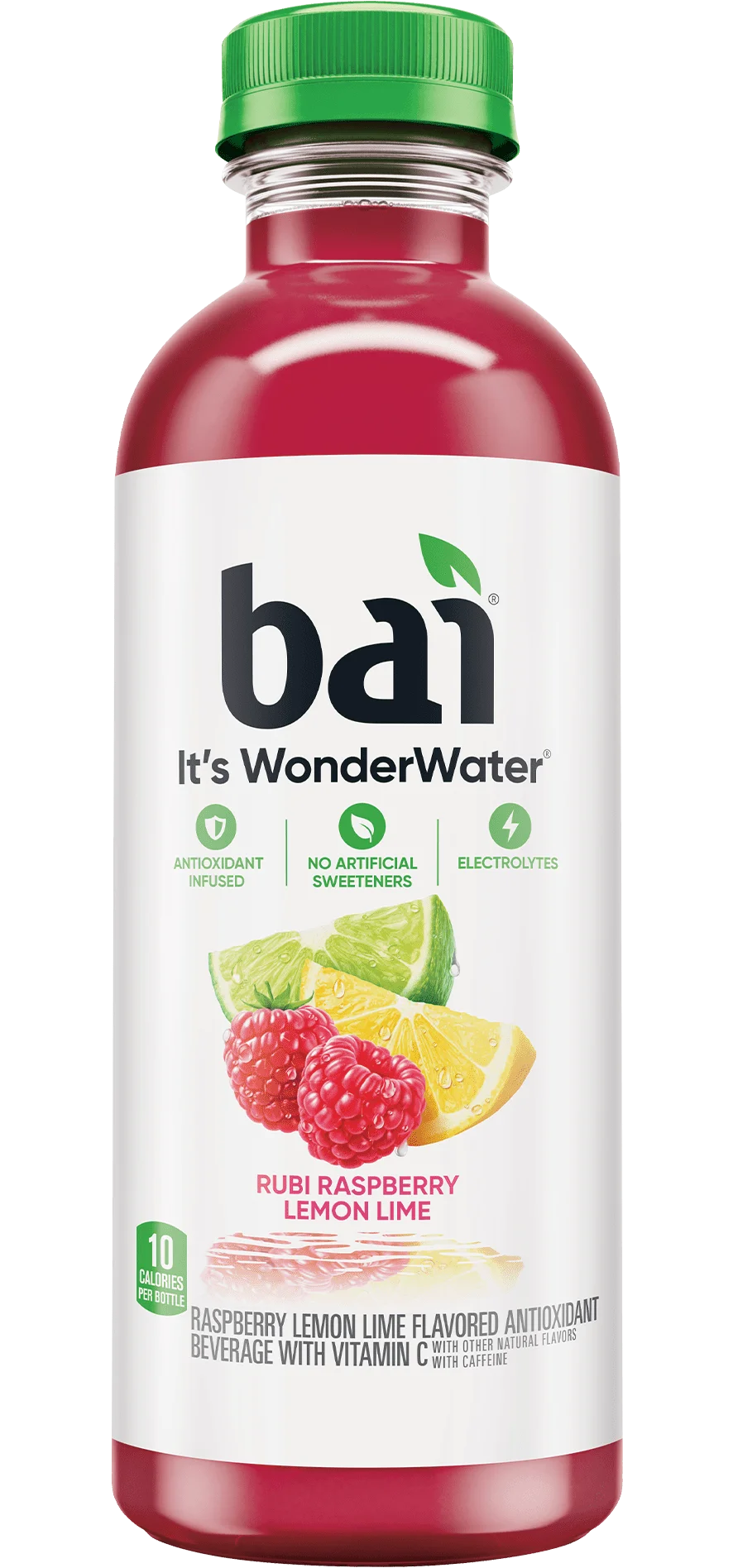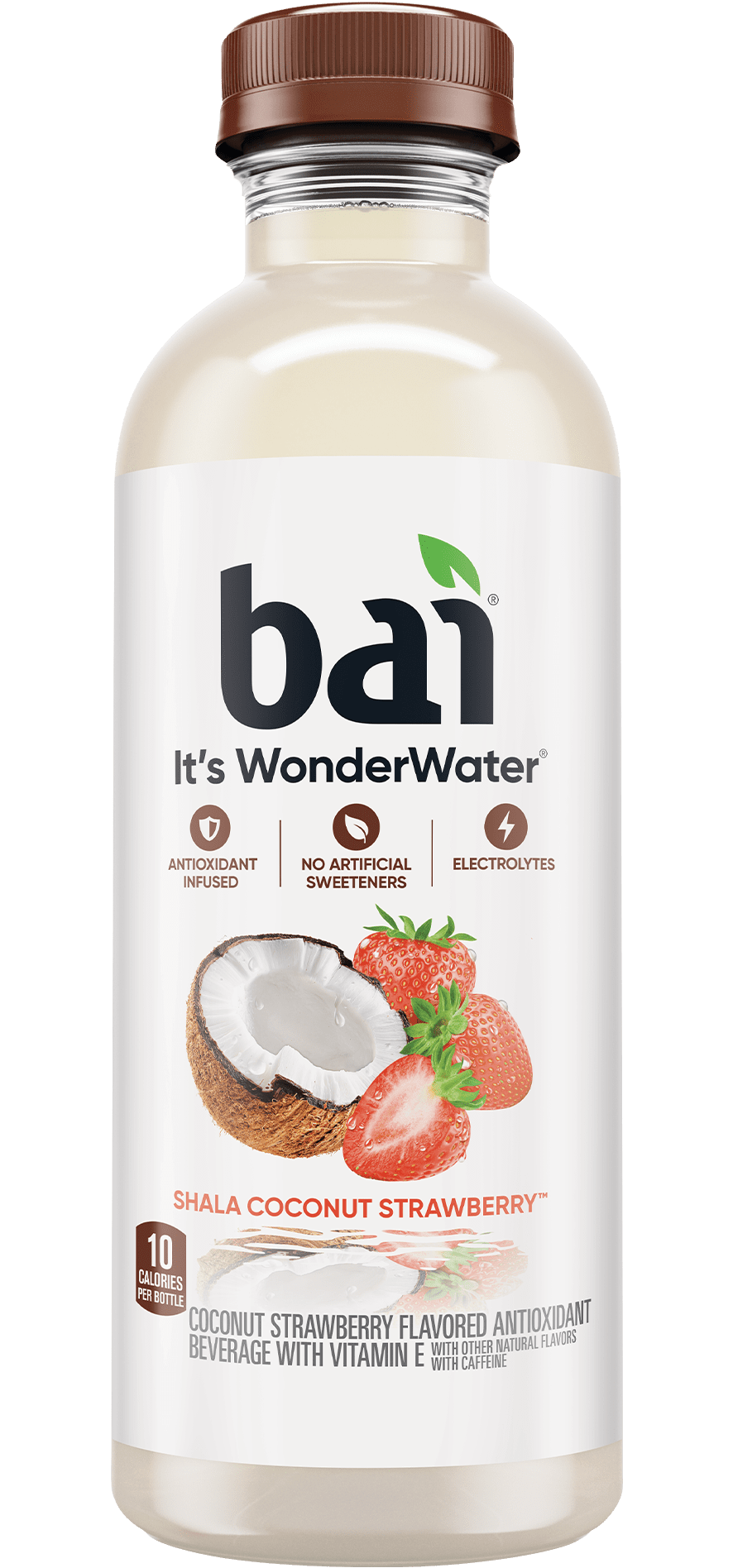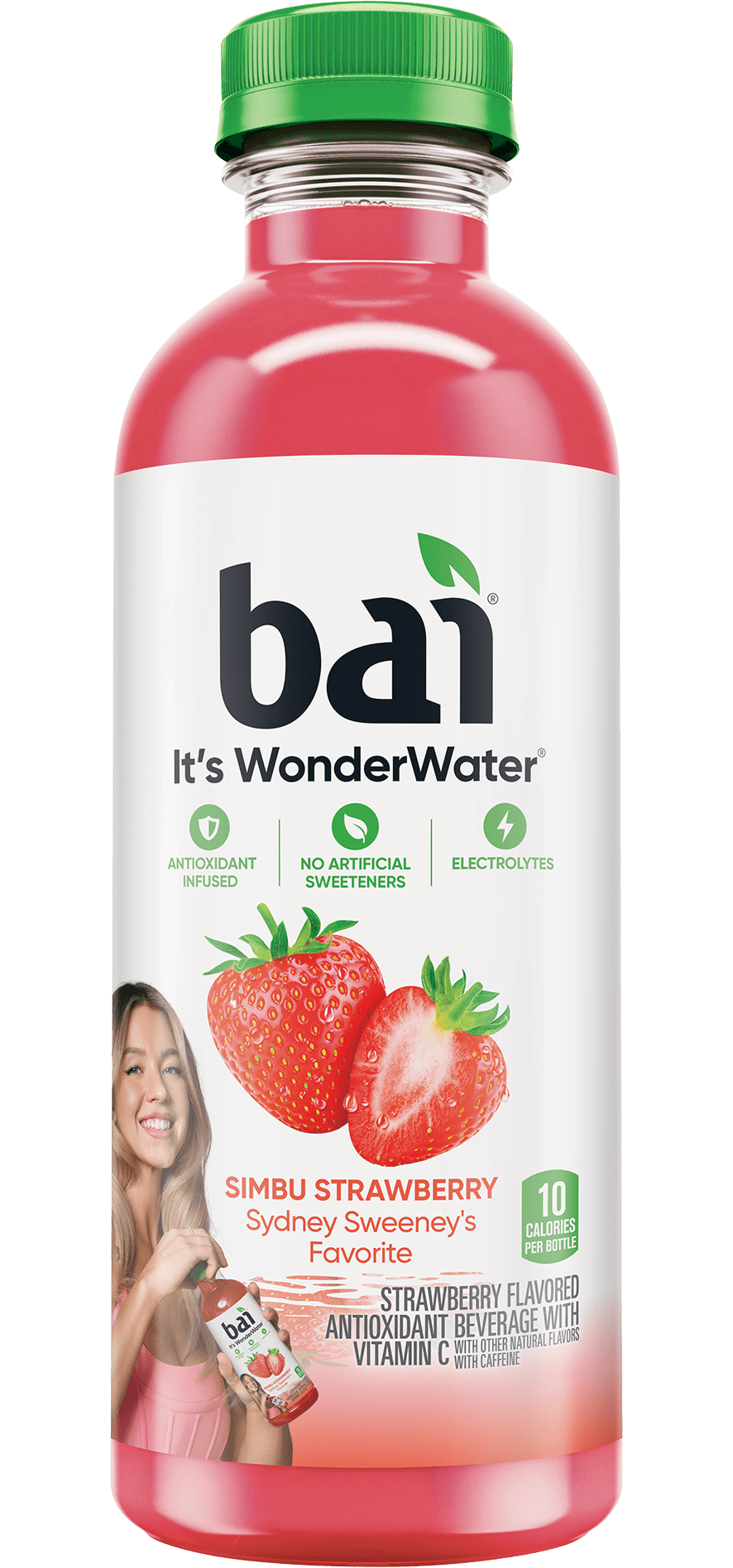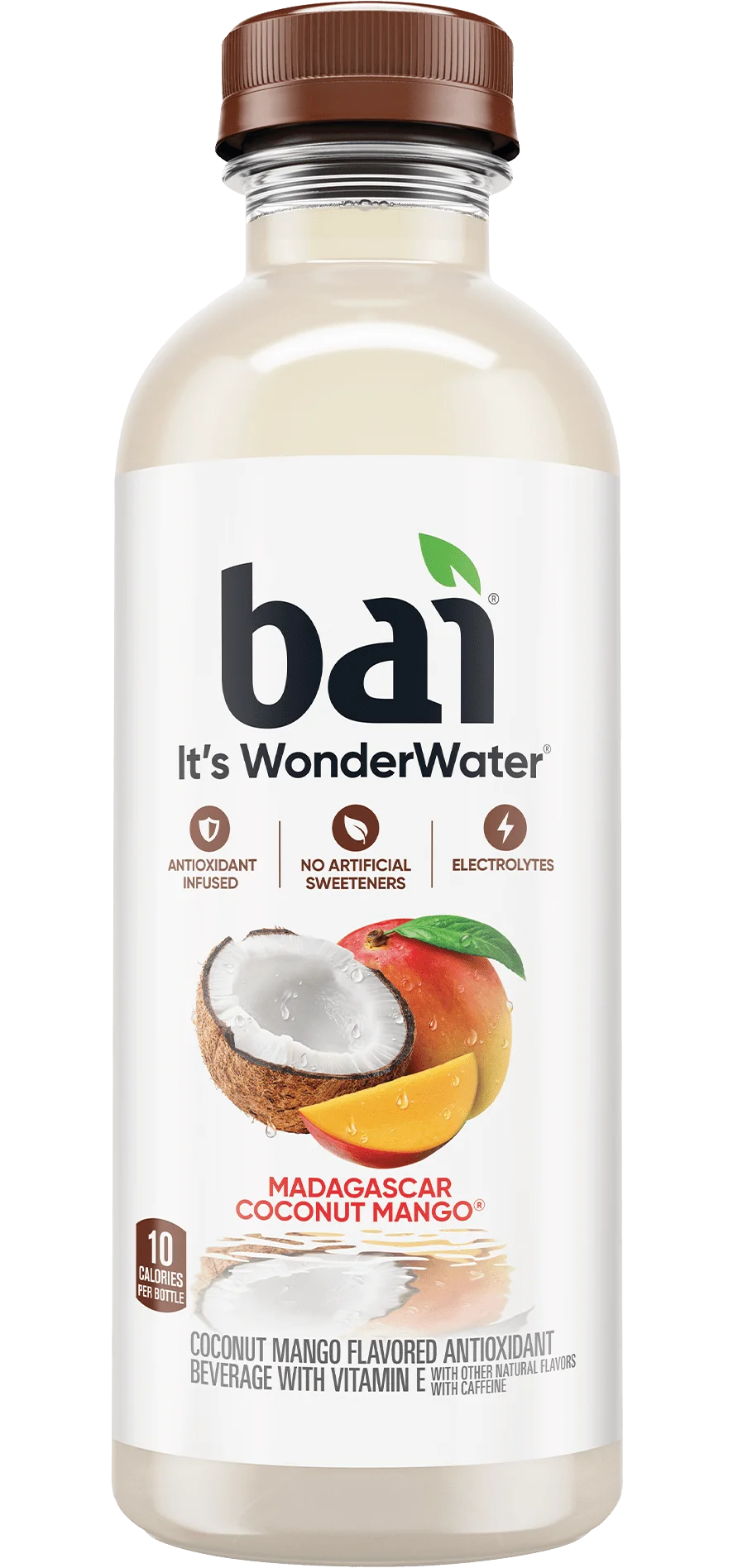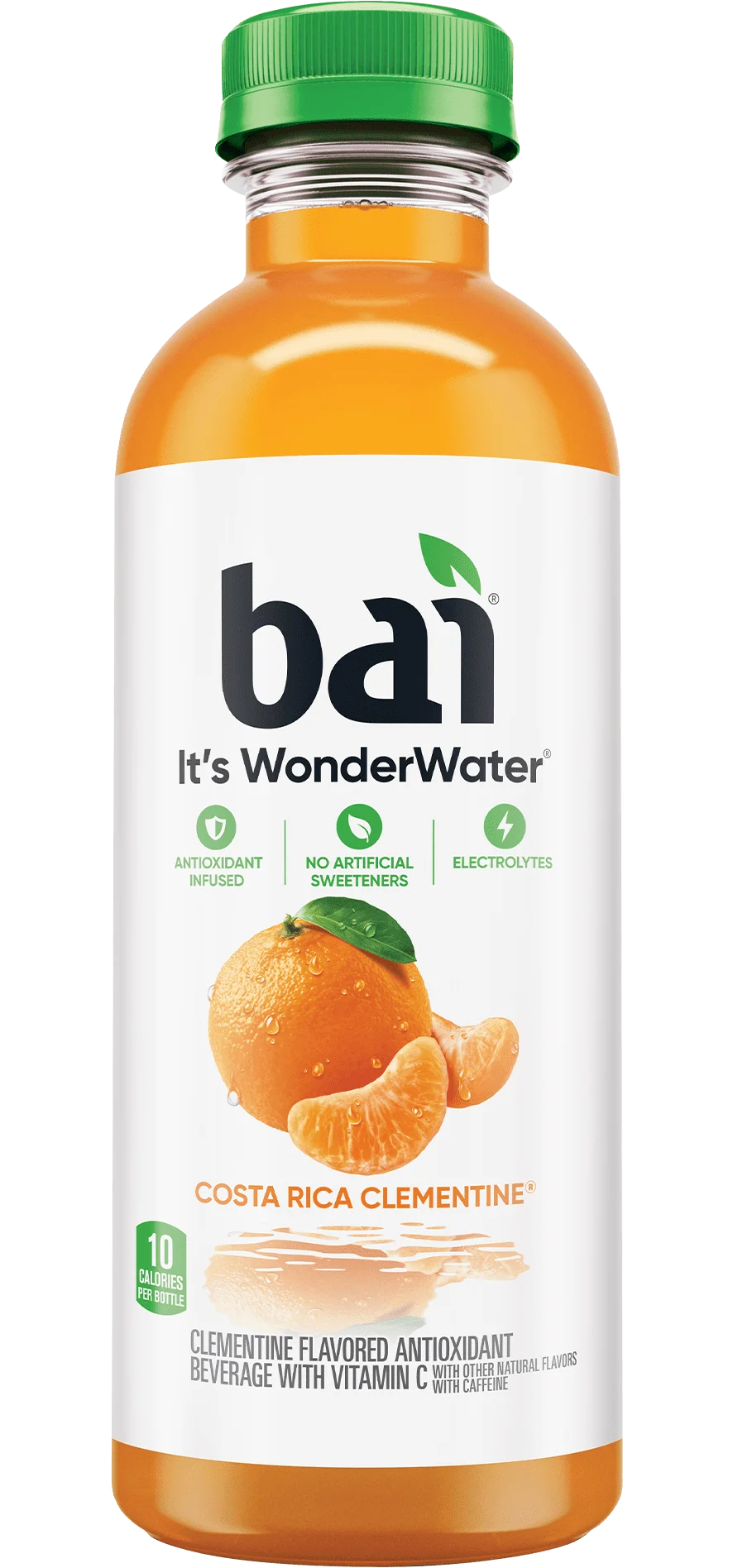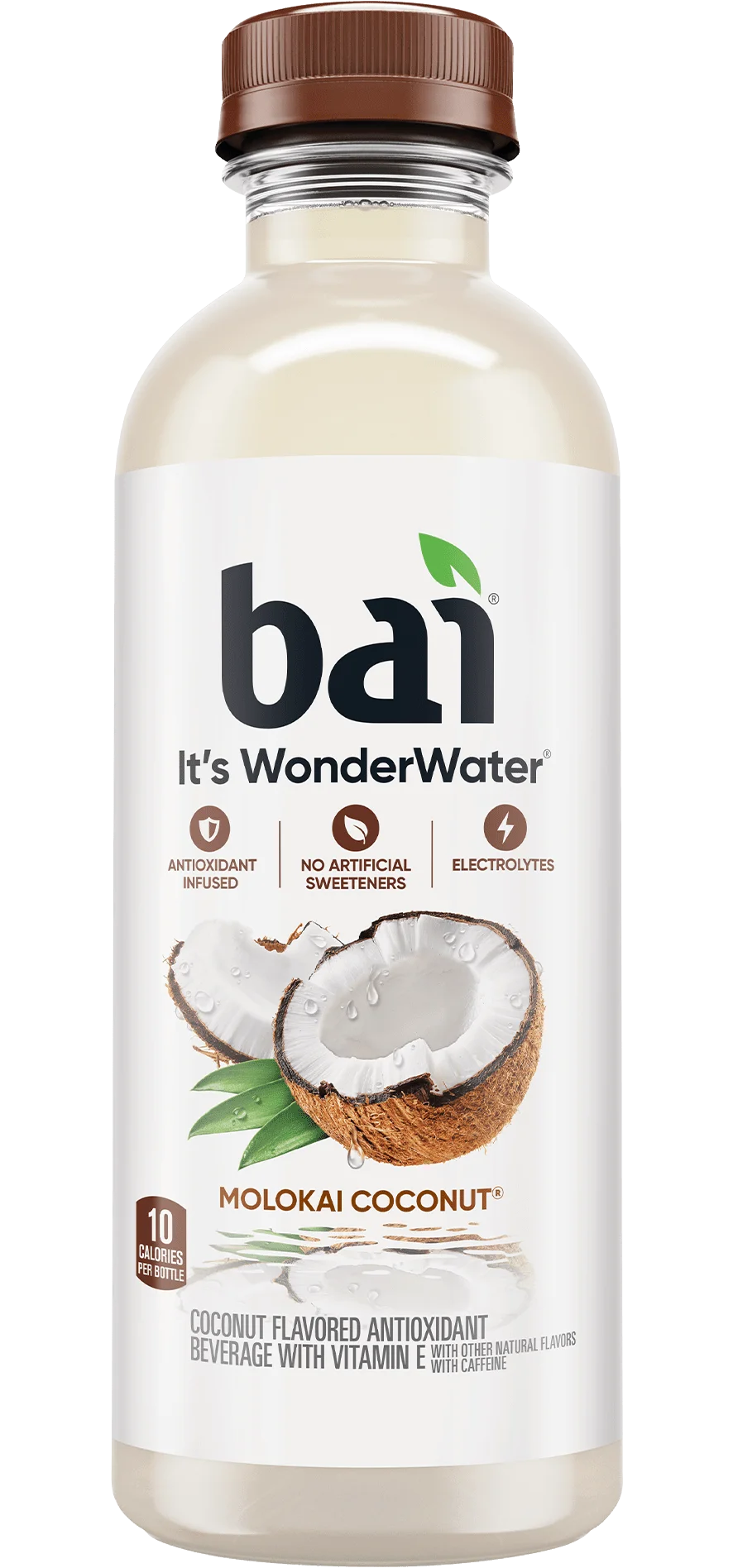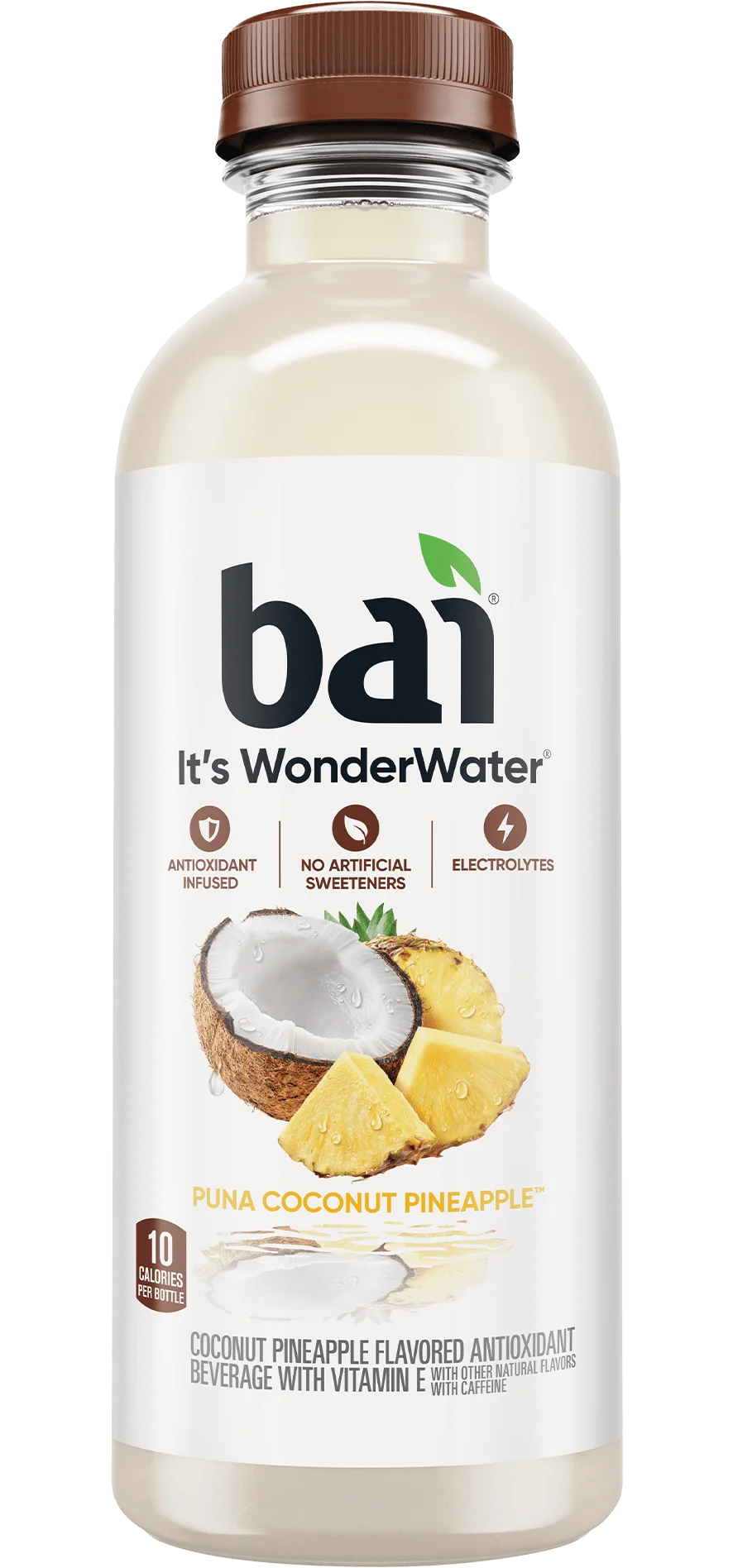By Dan Lewis
A pretty terrible cup of coffee will run you fifty cents or a dollar, depending on where you are and how hefty your tolerance for sludge is. A medium-sized cup at a coffee shop could be four or five dollars, and an espresso with dessert at a fancy restaurant can even surpass that. And then there’s civet coffee – a special type of java which can run $30 or even to $100 per cup. It’s called kopi luwak or, in English, civet coffee, and it’s widely considered the world’s most expensive type of coffee.
Want to try some but can’t afford it? Don’t worry – after you find out how it’s made, you’ll probably abstain anyway.
Civet coffee comes from cat poop. Well, maybe not cats like the ones you see in people’s homes, but, close enough. The Asian palm civet – the animal from which the drink gets its name – is a an animal native to southern Asia ranging from India to Indonesia. The creature looks like a cartoon cat – one with enormous eyes and an overstated head – and a long tail evocative of a monkey species. They typically eat berries, figs, and palms, and its the first part of that diet which is relevant to civet coffee.
The palm civets snack on coffee berries they find lying on the ground, and for those who are fans of kopi luwak, there’s a little lucky digestive quirk which happens next. Palm civets enjoy the fruit pulp – the fleshy part of what NPR calls “cherry-sized fruits on the coffee plant” – but they can’t actually digest the seed inside. That seed is what we people call coffee beans.
And that’s what they end up leaving for us to collect. Unfortunately, the palm civets leave the beans in their feces.
Workers literally pick up and pick through civet droppings, releasing the beans from their odorous prisons. The beans – which usually still have a little bit of fruit pulp protecting them from the pathogens of the fecal matter – are cleaned thoroughly, of course, and then prepared for packaging so the rest of the world can drink their byproduct. This process, while gross, may actually improve the coffee’s taste profile. Some purveyors of civet coffee claim that the civets themselves have an eye (or a nose, more accurately) for particularly tasty beans, and therefore, the ones that make their way through the civets’ systems bear the benefit of the animals’ selectiveness. Others believe that the bean undergoes some chemical changes while in the civets’ digestive tracts, and these changes enhance the quality of the beans. But taste, especially of high-end coffee, is a hotly debated topic, so you’re best off finding out for yourself.
If you – and your wallet – can stomach it.
Bonus fact: The Internet’s first web cam was set up so that tired, thirsty programmers could check on a coffee pot from afar.
Dan Lewis is the author of the wildly popular daily newsletter Now I Know, which shares something interesting every day.


